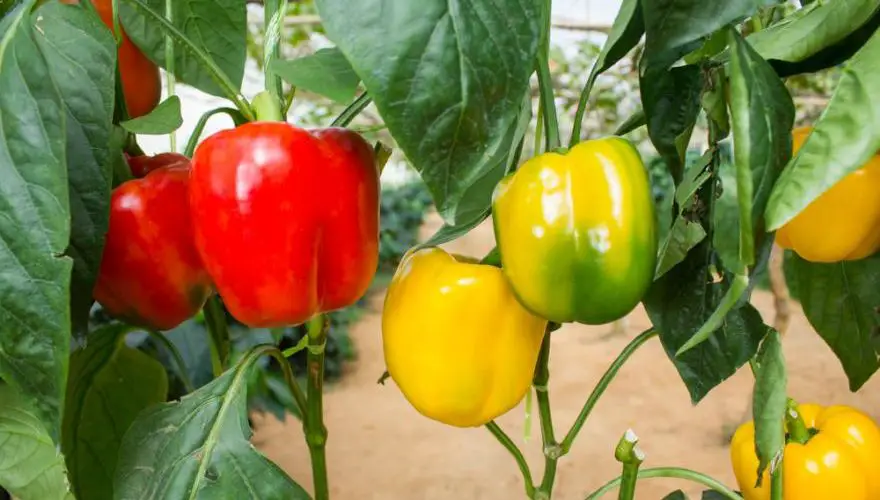Peppers are a versatile and flavorful addition to a variety of dishes, and growing them at home can be a rewarding and straightforward endeavor, even for those new to gardening. Whether you have a spacious backyard or just a small balcony, you can enjoy a bountiful harvest of peppers with a little effort and the right guidance.
In this article, we’ll take you through the essential steps to get started with growing peppers in your own space. From selecting the right pepper varieties to providing them with the optimal growing conditions, you’ll soon be on your way to enjoying homegrown peppers that are perfect for your culinary creations.
Choosing the Right Pepper Varieties Before you start planting, it’s important to choose the right pepper varieties for your taste and space. Here are a few popular options for beginners:
- Bell Peppers: These mild, sweet peppers come in various colors and are perfect for salads and stuffing.
- Jalapeños: Slightly spicy, these peppers are great for adding some heat to your dishes.
- Cayenne Peppers: If you love spicy food, cayenne peppers are a fantastic choice for a fiery kick.
- Banana Peppers: Mildly spicy and slightly sweet, these are excellent for pickling or using in sandwiches.
Getting Started with Growing Peppers
- Prepare the Right Containers: If you’re limited on space, consider growing peppers in containers or pots. Make sure they have good drainage to prevent waterlogged soil.
- Select the Ideal Location: Peppers thrive in full sunlight, so choose a spot that receives at least 6-8 hours of direct sunlight daily.
- Use Quality Soil: Use well-draining, nutrient-rich potting soil with a pH level between 6.0 and 6.8.
- Plant Your Pepper Seeds: Sow your pepper seeds indoors 8-10 weeks before the last frost date in your area. Transplant them to your chosen containers or garden bed when they have at least two sets of true leaves.
- Provide Adequate Water: Water your peppers consistently, keeping the soil evenly moist but not waterlogged.
- Fertilize Regularly: Feed your pepper plants with a balanced fertilizer every 2-4 weeks to ensure healthy growth.
- Support Your Plants: As your pepper plants grow, they may need support to prevent them from bending or breaking. Use stakes or cages to provide support.
- Pest and Disease Management: Keep an eye out for common pests like aphids and hornworms, and treat any issues promptly to protect your plants.
Harvesting Your Peppers The moment you’ve been waiting for arrives when your peppers are ripe and ready for picking. Here’s how to do it:
- Wait for Full Ripeness: Peppers change color as they ripen. Harvest them when they reach their desired color and size. For example, green bell peppers turn red when fully ripe.
- Use Pruning Shears or Scissors: Cut the peppers from the plant using clean pruning shears or scissors to avoid damaging the plant.
- Store Properly: Store harvested peppers in a cool, dry place or the refrigerator to prolong their freshness.
Growing peppers at home is not only easy for beginners but also a delightful and satisfying hobby. With a bit of care and attention, you can enjoy a constant supply of fresh, homegrown peppers to spice up your meals. So roll up your sleeves, gather your supplies, and start your journey towards homegrown pepper success!




